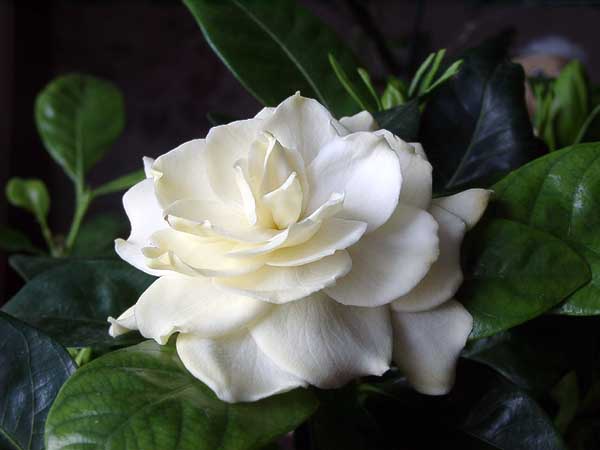You will need
- - pot
- - processes Gardenia
- Heath soil,
- deciduous humus,
- - concrete block,
- - fertilizer.
Instruction
1
In any case, do not replant a Gardenia until then, until it is completely gone, otherwise she'll get sick and drop the buds. Generally flowering plant is better not to disturb neither bright light nor a change of position. As natural Gardenia bloom occurs in summer and autumn, then replant it in the month of February.
2
When transplanting plants, select the right and most suitable location. Gardenia, undoubtedly, likes bright light, but try it slightly pritenyat from direct sunlight in summer.
3
Pick the correct soil. Land for transplanting gardenias should be a mixture of leaf compost and Heath land, as for this plant, there is no special substrate, it is possible to replace soil for roses and azaleas. Every 15 days need fertilizing during the growth of gardenias. Use a fertilizer for orchids liquid fertilizer without lime.
4
Since the Gardenia prefers a moderately moist soil, the pot should have good drainage and not allow water to stagnate. Pour in the pan the pots of wet clay.
5
Transplant the young shoots of Gardenia need once a year, the Mature plant re-pot every three years, in an already-fertilized soils. Gardenia propagated by tip cuttings semilignified shoots in the period from July to September.
6
In winter, the ideal temperature for gardenias – 18-18 degrees. If the room will be much warmer then the shoots will grow weak and thin, and flowering may not occur at all.
7
Water the flowers settled warm and very soft water. Every morning spray the leaves of Gardenia with warm water, but you should know that getting water on the buds and flowers otherwise they will stain and they will disappear.
8
If you want to obtain a compact and bushy shrub of gardenias, it is necessary to primepay or trim the tops of the plants in the spring.
9
Topsoil cover mulch material, it may be coniferous litter or pine bark, they will retain soil moisture and prevent the roots from overheating.
